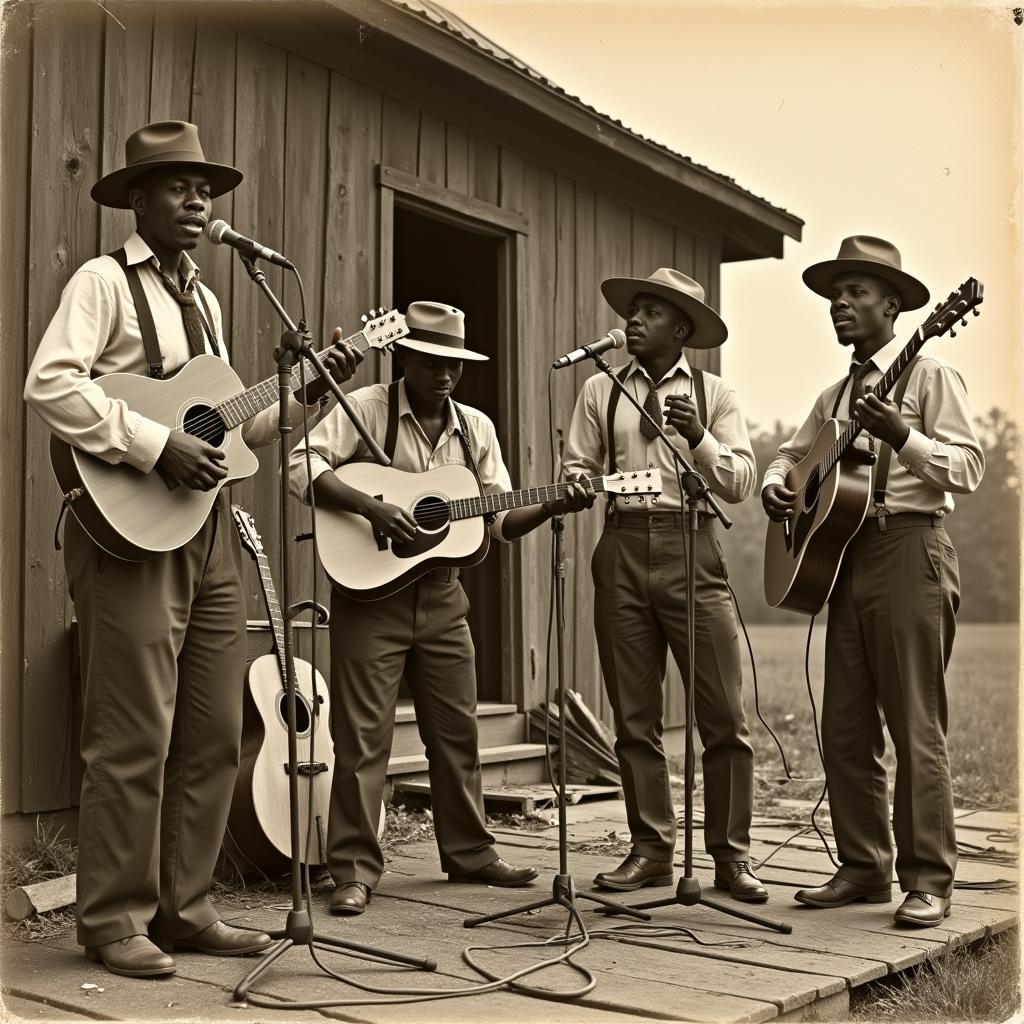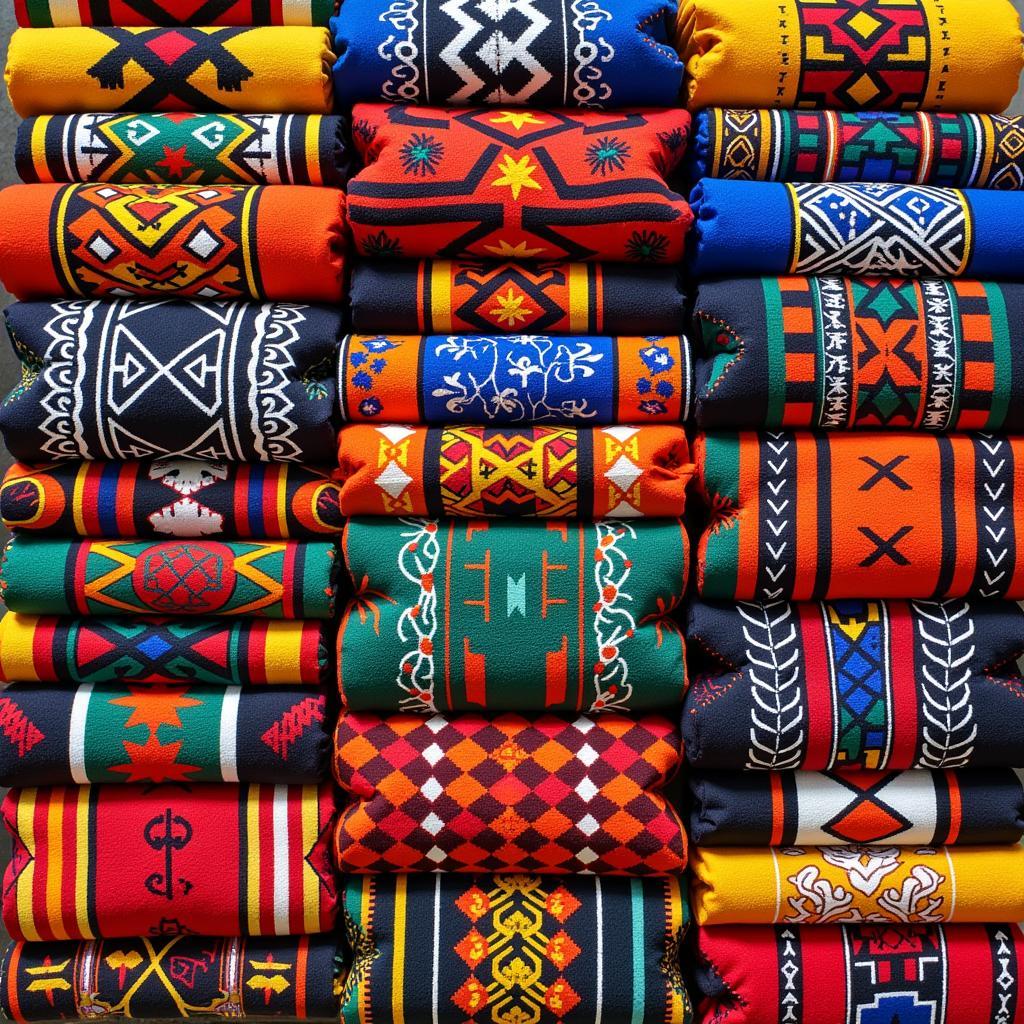Exploring the World of African American Black Baby Cartoons
African American Black Baby Cartoons offer a rich tapestry of representation, reflecting the beauty, diversity, and joy of Black childhood. From playful animations to educational programs, these cartoons play a vital role in shaping young minds and fostering positive self-image. This article delves into the significance, evolution, and impact of these animated characters, highlighting their importance in promoting inclusivity and celebrating Black culture.
The Importance of Representation in Cartoons
Seeing oneself reflected in media, particularly during formative years, is crucial for developing a strong sense of identity and belonging. For African American children, black baby cartoons offer this vital mirror, showcasing characters that look like them, speak like them, and share similar experiences. This representation helps to normalize Black features and experiences, combatting negative stereotypes and fostering self-esteem. These cartoons also provide a window into Black culture, traditions, and values, enriching not just the lives of Black children but also fostering understanding and appreciation across different communities.
After the first animated cartoons featuring Mickey Mouse in the late 1920s, there was a slow but steady increase in diversity within the medium. However, true representation of African American characters, especially children, remained limited for decades.
The Evolution of African American Black Baby Cartoons
Early depictions of African American characters in animation were often stereotypical and offensive, perpetuating harmful caricatures. However, the latter half of the 20th century witnessed a gradual shift towards more positive and nuanced portrayals. Shows like “Fat Albert and the Cosby Kids” in the 1970s broke ground by featuring a predominantly Black cast and addressing social issues relevant to the African American community. This progress paved the way for more diverse and authentic representations in subsequent decades.
The late 20th and early 21st centuries saw a further evolution, with shows like “Little Bill” and “Doc McStuffins” featuring African American children as lead characters in positive and empowering roles. These characters are not defined by their race but are presented as well-rounded individuals with unique personalities, talents, and dreams.
Celebrating Black Culture Through Animation
African American black baby cartoons serve as a powerful platform for showcasing the richness and vibrancy of Black culture. From music and dance to storytelling and culinary traditions, these cartoons often incorporate elements that celebrate Black heritage and foster a sense of pride in cultural identity. They provide a valuable opportunity for children to learn about their history, connect with their roots, and appreciate the contributions of African Americans to society. This celebration of culture extends beyond entertainment, serving as a vital educational tool for promoting cultural understanding and appreciation amongst all audiences.
african american and fried chicken
The Impact of Positive Representation
The impact of positive representation in cartoons goes far beyond entertainment. These characters serve as role models, inspiring children to embrace their individuality and pursue their dreams. Seeing characters who look like them achieving success in various fields can boost self-esteem and encourage children to believe in their own potential. Furthermore, these cartoons can spark important conversations about race, identity, and diversity, fostering empathy and understanding among viewers of all backgrounds.
What are some popular African American black baby cartoons?
Some popular examples include “Little Bill,” “Doc McStuffins,” and characters featured in shows like “Sesame Street” and “Daniel Tiger’s Neighborhood.”
Why are diverse representations in cartoons important?
Diverse representation helps children of all backgrounds feel seen and valued, promoting self-esteem and fostering a sense of belonging.
Conclusion
African American black baby cartoons play a significant role in shaping young minds, promoting positive self-image, and celebrating Black culture. By providing positive and diverse representations, these cartoons empower children, foster inclusivity, and contribute to a more equitable and representative media landscape. As the animation industry continues to evolve, it is essential to prioritize authentic and nuanced portrayals of African American characters, ensuring that future generations of children can see themselves reflected in the stories and characters they love.
FAQ
- Where can I find African American black baby cartoons? Streaming services, educational websites, and children’s television channels often feature these cartoons.
- Are there educational resources related to these cartoons? Yes, many educational organizations and websites offer resources and activities that complement these cartoons.
- How can I discuss representation with my children? Engage in open and honest conversations about the importance of seeing diverse characters in media.
- Why is it important to support diverse creators in animation? Supporting diverse creators ensures that authentic and nuanced stories are told.
- What is the future of representation in animation? The future holds great potential for even more inclusive and representative storytelling in animation.
- How can parents choose appropriate cartoons for their children? Consider age appropriateness, educational value, and the messages conveyed by the cartoon.
- What role do these cartoons play in promoting cultural understanding? They introduce children to different cultures, fostering empathy and appreciation for diversity.
For further support, please contact us:
Phone: +255768904061
Email: kaka.mag@gmail.com
Address: Mbarali DC Mawindi, Kangaga, Tanzania.
We have a 24/7 customer service team.

